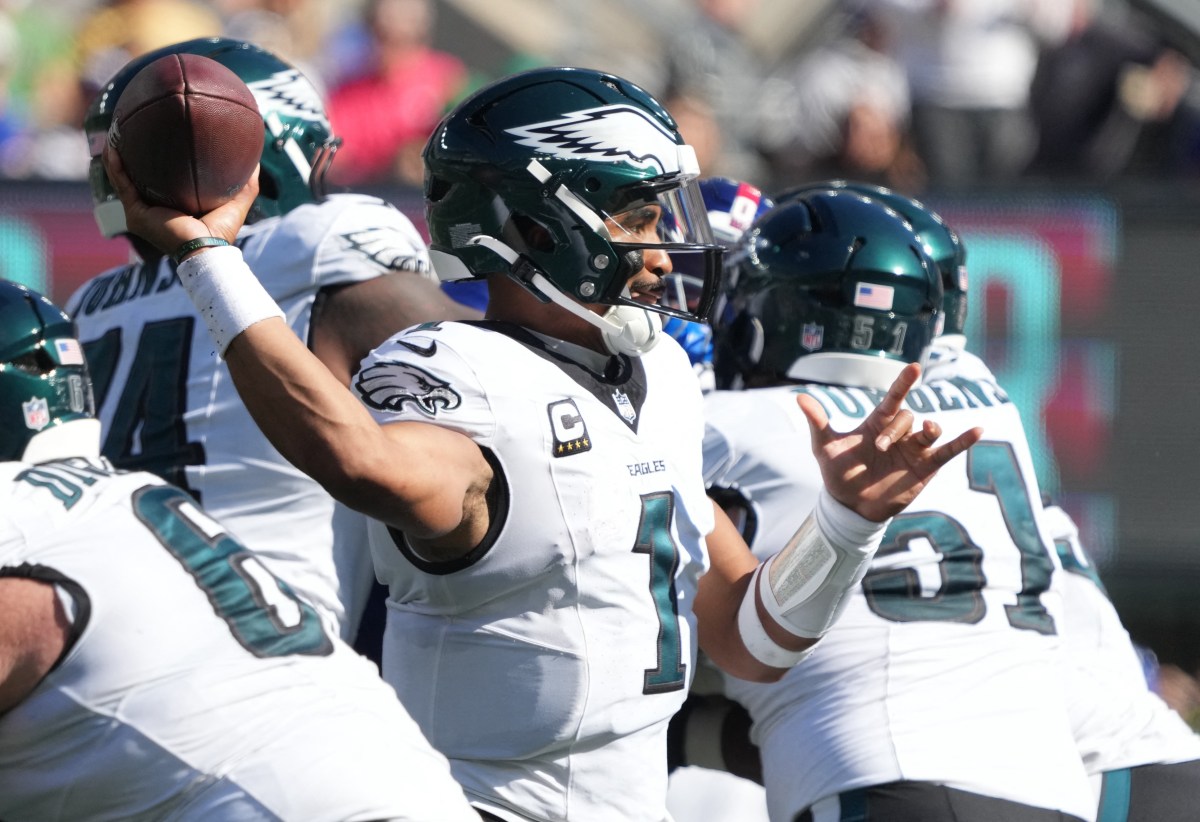By Herbert Lash
NEW YORK (Reuters) – The rally in U.S. equities took a pause and the strong dollar got stronger on Thursday, rising to a three-year high against a basket of trading partner currencies, after a steep slide in the Japanese yen called into question its safe-haven status.
Gold prices hit their highest in seven years as investors sought safe-haven assets after a rise in the number of new coronavirus cases in South Korea. Oil prices rose, supported by China’s efforts to bolster its virus-weakened economy.
The dollar has surged almost 2% since Tuesday against the yen, reaching its highest in almost 10 months, and the greenback climbed to near three-year highs against the euro.
The dollar index, a basket of the world’s most-traded currencies, was up 0.16% to its highest level since April 2017.
The index is up 3.6% this year. It also gained to its best levels of the year against China’s offshore yuan.
A host of reasons were cited for the dollar’s move, ranging from outperformance of the U.S. economy and corporate earnings to potential recessions in Japan and the euro zone.
A run of dire economic news out of Japan has stirred talk the country is already in recession and that Japanese funds were dumping local assets in favor of U.S. shares and gold.
“The strongest explanation (for the yen’s decline) is a widespread selling by Japanese asset managers amid growing fears about the health of Japan’s economy,” said Raffi Boyadijian, investment analyst at XM.
The yen’s slide is unusual because the exchange rate with the dollar has been shedding its close correlation to the price of gold and U.S. Treasury yields, a development to be watched, he said.
“This raises question marks about whether the yen is losing some of its shine as the world’s preferred safe-haven currency,” Boyadijian said.
Many investors are looking to buy U.S. or other assets that would be relatively unaffected by the cyclical environment, said Jason Draho, head of Americas asset allocation at UBS Global Wealth Management.
China reported a drop in new virus cases and announced an interest rate cut to buttress its economy. But South Korea recorded an increase in new cases, Japan reported two deaths and researchers said the pathogen seemed to spread more easily than previously believed.
A rally that had lifted major U.S. and European stock indexes to record highs this week lost steam, as investors fretted about the spread of the coronavirus outside of China.
MSCI’s gauge of stocks across the globe shed 0.49% and emerging market stocks lost 0.76%.
The pan-European STOXX 600 index lost 0.86%.
Paris’ main index fell 0.8% as luxury stocks, which derive a chunk of their demand from Chinese customers, fell after the number of coronavirus cases outside China spiked.
LVMH, Kering and spirits maker Pernod Ricard slid between 2.2% and 3.5%.
Analysts cited a Global Times report that said a central Beijing hospital recorded 36 new cases among hospital staff and patients’ families, causing U.S. stocks to drop further on fear infections could be rising rapidly in the capital.
The Dow Jones Industrial Average fell 128.05 points, or 0.44%, to 29,219.98. The S&P 500 lost 12.92 points, or 0.38%, to 3,373.23 and the Nasdaq Composite dropped 66.22 points, or 0.67%, to 9,750.97.9,750.97
E*Trade jumped 21.8% after Morgan Stanley offered to buy it in a $13 billion stock deal, the biggest acquisition by a Wall Street bank since the financial crisis. Shares of Morgan Stanley fell 4.55%.
MSCI’s broadest index of Asia-Pacific shares outside Japan slipped 0.5% overnight, led by drops in Hong Kong’s Hang Seng and South Korea’s KOSPI.
U.S. gold futures settled up 0.5% at $1,620.50 an ounce. Spot gold hit its highest since February 2013 at $1,622.19 an ounce.
Oil prices rose further after a U.S. report showed a draw in gasoline inventories and a much smaller-than-anticipated rise in crude stocks.
U.S. gasoline stockpiles fell 2 million barrels in the week to Feb. 14. Analysts had estimated an increase of 400,000 barrels.
Data from the U.S. Energy Information Administration (EIA) showed that crude inventories rose only 414,000 barrels last week, compared with a 2.5 million-barrel rise that analysts had expected in a Reuters poll.
Brent crude futures rose 19 cents to settle at $59.31 a barrel and West Texas Intermediate gained 49 cents to settle at $53.78 a barrel.
Demand for safe-haven U.S. Treasury debt was robust, driving the 30-year bond yield below the psychologically significant 2% level to its lowest since September 2019.
The 30-year bond last rose 38/32 in price to push its yield down to 1.9633%.
Benchmark 10-year notes last rose 15/32 in price to yield 1.5186%.
Longer-dated euro zone government bonds led a broad rally as concerns about an economic slowdown in the region and virus-related damage to Asian growth boosted demand for government debt.
The 10-year German government bond yield slid 3 basis points to -0.44%, close to 3-1/2-month lows reached earlier in February.
(GRAPHIC-Global foreign exchange rates link: https://fingfx.thomsonreuters.com/gfx/mkt/13/2320/2288/Pasted%20Image.jpg)
(Reporting by Herbert Lash; additional reporting by Ritvik Carvalho in London; editing by Jonathan Oatis and Tom Brown)




















